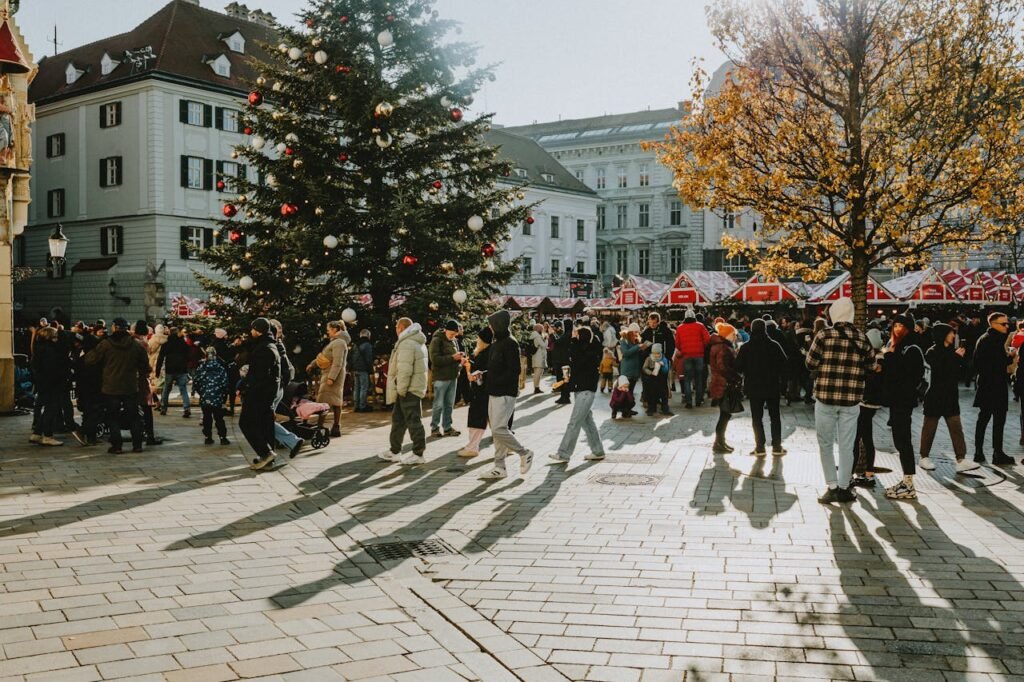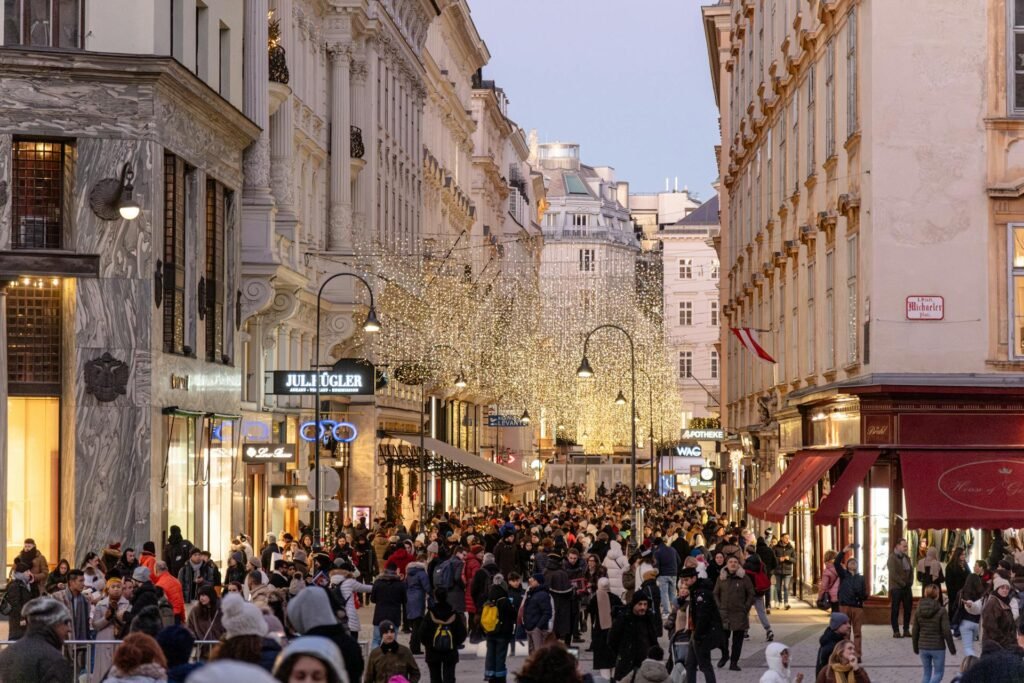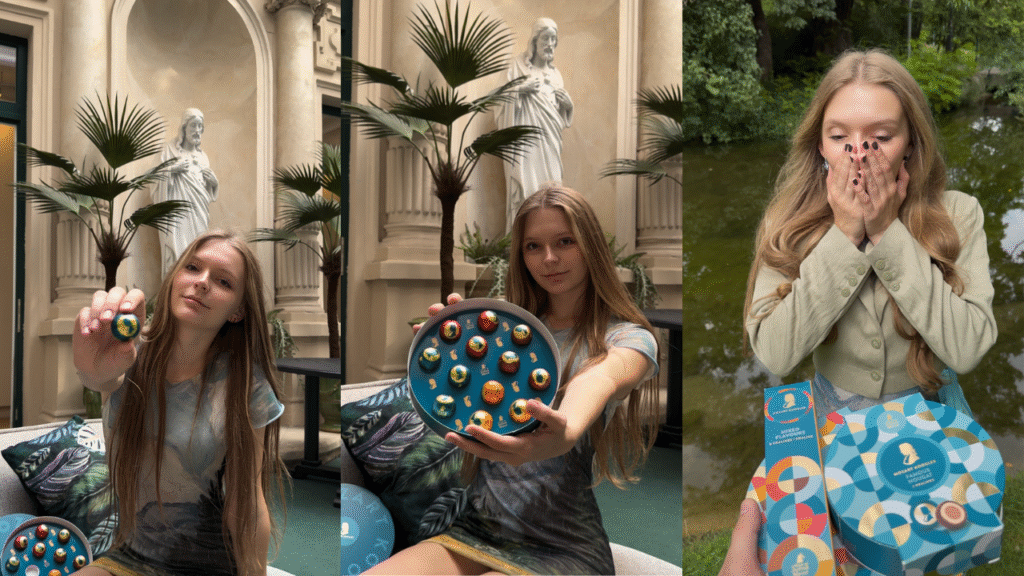Austria is a country deeply rooted in tradition, and its calendar reflects a rich array of public holidays that blend religious observances, historical events, and local customs. If you’re planning a visit to Austria, understanding public holidays is essential—not only for cultural awareness but also for practical travel planning.
National vs. Regional Holidays
Austria has both national and regional holidays. While some are celebrated across the entire country, others are specific to certain provinces, particularly Catholic feast days. It’s always wise to check the local calendar of the region you’re visiting, especially in states like Tyrol or Styria where additional religious holidays may apply.
Why Holidays Matter for Visitors
On public holidays, most shops, banks, government offices, and even some restaurants close for the day. Public transportation may run on a reduced schedule. Museums and attractions can have limited hours or be closed entirely, especially on religious holidays like Good Friday or All Saints’ Day.
Planning your itinerary around these days will help you avoid surprises, particularly if you intend to shop or use public services.

Major National Holidays in Austria
New Year’s Day (Neujahrstag) – January 1
Celebrated with fireworks, parties, and traditional New Year’s concerts. Expect quiet streets on January 1 as Austrians recover from celebrations.
Epiphany (Heilige Drei Könige) – January 6
A religious holiday marked by children caroling as the “Three Kings” in some regions. Many stores are closed.
Easter Monday (Ostermontag) – Date varies
An important Christian holiday. Family outings are common, and Easter markets may still be open in some cities.
Labour Day (Staatsfeiertag) – May 1
A day of political speeches, marches, and rallies. Shops and many services are closed.
Ascension Day (Christi Himmelfahrt) – 40 days after Easter
Observed nationwide with church services and family gatherings.
Corpus Christi (Fronleichnam) – Date varies
A religious holiday with processions in Catholic regions. Not all provinces celebrate it officially.
Assumption of Mary (Mariä Himmelfahrt) – August 15
Widely observed in rural areas with parades and flower blessings.
National Day (Nationalfeiertag) – October 26
Marks the signing of Austria’s Declaration of Neutrality in 1955. Military displays and free museum entries are common.
All Saints’ Day (Allerheiligen) – November 1
A solemn day of remembrance. Cemeteries are often visited with candles and flowers.
Christmas (Weihnachten) – December 24–26
The most celebrated holiday. Expect closures from the afternoon of December 24 through December 26. Christmas markets are a major attraction in the weeks leading up to the holiday.
Tips for Tourists
- Plan Shopping Carefully: Grocery stores and pharmacies will likely be closed on holidays. Stock up the day before.
- Check Attraction Schedules: Museums and attractions may close or shorten hours.
- Book Restaurants Early: Many places are fully booked on holidays—especially around Easter and Christmas.
- Respect Quiet Hours: On holidays, particularly Sundays, noise ordinances are more strictly observed. Avoid loud activities.
Conclusion
Austria’s public holidays are deeply woven into its cultural fabric. By understanding and respecting these days, you can better plan your visit, experience local traditions, and avoid disruptions. Whether you’re attending a vibrant National Day celebration or enjoying a quiet Easter Monday stroll, holidays in Austria offer a unique perspective on its identity.




